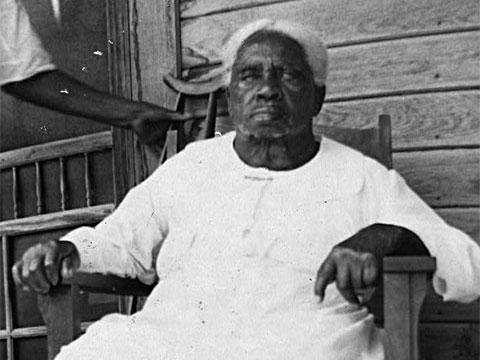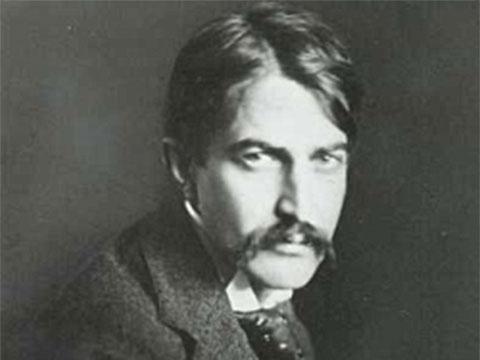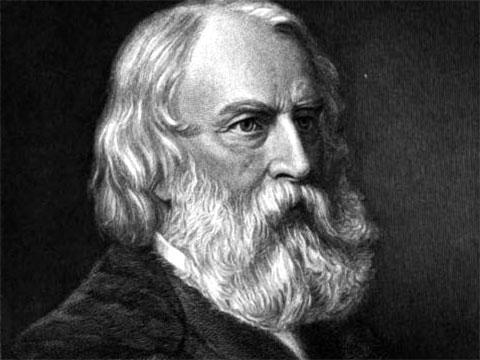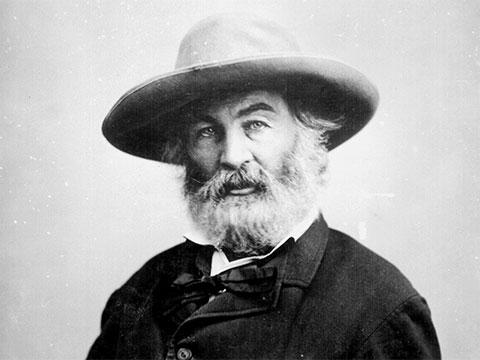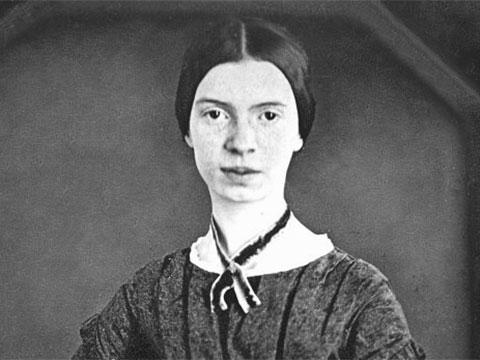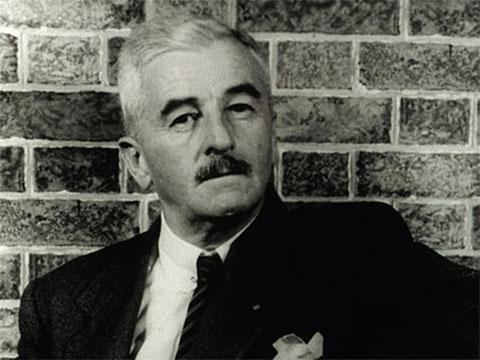Literature of the Civil War
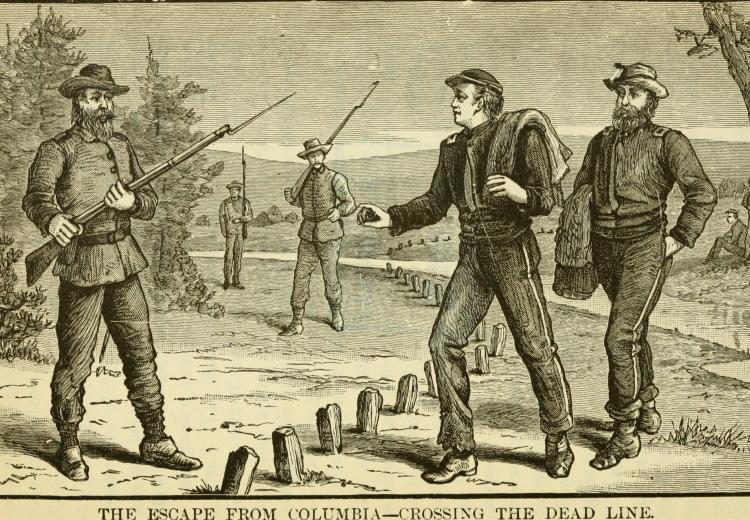
Sword and pen: or, Ventures and adventures of Willard Glazier in war and literature by John Algernon Owens and Williard W. Glazier (1889).
"The dream of humanity, the vaunted Union we thought so strong, so impregnable — lo! it seems already smash’d like a china plate. One bitter, bitter hour — perhaps proud America will never again know such an hour. She must pack and fly — no time to spare."
—Walt Whitman, Battle of Bull Run, July, 1861
Civil War Women
Civil War in Literature from EDSITEment-reviewed Documenting the American South provides a critical overview of writing during this period, including two personal diaries from Southern women who survived it. Mary Boykin Miller Chestnut’s A Diary from Dixie creates a vivid portrait of a United States senator’s wife moving within circles of the Confederate powerbrokers. Students can also relate to Sarah Morgan Dawson’s A Confederate Girl's Diary, which describes war-torn Baton Rouge and New Orleans as the narrator pines for her carefree antebellum life.
Slave Narratives
EDSITEment’s lessons and interactives devoted to slave narratives include essential Civil War readings and unlock a window on the 19th century for today’s student. [*See below]. Slave Narratives: Constructing U.S. History through Analyzing Primary Sources allows students to sample the individual experiences of former slaves. In From Courage to Freedom: Frederick Douglass's 1845 Autobiography students read the autobiographical Narrative of the Life of Frederick Douglass, an American Slave, Written by Himself (1845), which follows Douglass’s courageous escape from his Maryland slaveholder and documents his journey from slave to free man. EDSITEment lesson Perspectives on the Slave Narrative considers The Narrative of William W. Brown, An American Slave (1847) from several perspectives: historical record, work of literature, political rhetoric, and autobiography, and asks students to grapple with the prejudices of readers then and now.
* Before reading these primary sources with students, it is important to discuss terms now considered derogatory and insulting used to describe African Americans. Full-class discussion should reveal the power of oral histories as well as the many factors that make up their limitations. EDSITEment has reviewed websites (below) that prepare students for this study and recommends consulting the Library of Congress's "A Note on the Language of the Narratives," for guidance on this topic.
Stephen Crane
The most riveting expression of fighting is found in The Red Badge of Courage by Stephen Crane, accessible online through EDSITEment-reviewed American Studies at the University of Virginia. In EDSITEment lesson The Red Badge of Courage: A New Kind of Courage, students discover Crane’s masterful presentation of a Civil War battle through the eyes — and thoughts — of a single soldier. Companion EDSITEment lesson The Red Badge of Courage: A New Kind of Realism focuses on the altered point of view and stylistic innovations Crane used to create a heightened sense of realism and that sets the work apart from war stories written as tributes or propaganda. The essay Imaging the Civil War from EDSITEment-reviewed University of Virginia The Red Badge of Courage provides students with useful background information.
Ambrose Bierce
Ambrose Bierce enlisted in the Union Army at the impressionable age of nineteen. The Civil War cast a long shadow over his life and work, shaping him into the writer he would become, and spawning his fascination with the supernatural. Bierce evolved into a Master of Macabre and though he became most widely known for his ghost stories, his war tales are considered by some critics to be the best writing on the Civil War. EDSITEment lesson Edgar Allan Poe, Ambrose Bierce, and the Unreliable Narrator probes the genius in Bierce's Civil War’s tale of terror, "An Occurrence at Owl Creek Bridge" along with Poe's, "The Tell-Tale Heart." Students analyze the narrative voices within both as they learn warfare often involves more than guns and bullets and is played out in the mysteries of the human heart and mind as well as the battlefield.
Henry Wadsworth Longfellow
Memorized by schoolchildren worldwide, Longfellow's famous poem “Paul Revere's Ride,” available from the EDSITEment resource The Academy of American Poets, is often read as a poem about the start of the Revolutionary War. EDSITEment Lesson Why Do We Remember Revere? Paul Revere's Ride in History and Literature suggests there may be alternative ways to interpret this poem, published in 1861, when the country was on the brink of the Civil War. Students are asked to consider questions such as: was Longfellow calling up that earlier revolutionary symbol in an effort to renew national unity? If so, does this poem include references to the abolition of slavery? The EDSITEment-reviewed Antislavery Literature Project essay Longfellow and Whittier on Slavery discusses Longfellow’s role within the abolitionist movement and his successful series, Poems on Slavery, published in 1842.
Walt Whitman
In his early writing, Walt Whitman sets out to explore ideas universal in scope. EDSITEment lesson Walt Whitman's Notebooks and Poetry: the Sweep of the Universe directs students to seek clues to this poet’s effort to create a new and distinctly American form of verse. EDSITEment lesson Walt Whitman to Langston Hughes: Poems for a Democracy explores the historical context of Whitman's concept of "democratic poetry" and examines daguerreotypes taken circa 1850. Both lessons illustrate how Whitman was determined to express truth through verse using authentic American situations and settings with language that appealed to the senses. The Civil War would provide him with ample opportunity.
Walt Whitman’s notebooks available through the EDSITEment-reviewed American Memory project illustrate the Poet at Work and capture wrenching images that war evoked for him. The article, Daybreak Gray and Dim: How the Civil War Changed Walt Whitman’s Poetry from NEH Humanities magazine, characterizes Whitman’s first response to the call of war: “BEAT! beat! Drums! — blow! bugles! blow!” Haunting scenes of human suffering shape his maturing response to the war and find their way into this tender musing upon “A Sight in Camp in the Daybreak Gray and Dim,” available at the NEH-funded Walt Whitman Archive, that will lead him to minister to soldiers through the end of the war.
Was Whitman describing himself when he declared his ideals in Democratic Vistas (available on the EDSITEment resource American Studies at the University of Virginia)? “In the future of these States must arise poets immenser far, and make great poems of death. The poems of life are great, but there must be the poems of the purports of life, not only in itself, but beyond itself.” For Whitman had already written the nation’s quintessential poem on life, death, and rebirth. When Lilacs Last in the dooryard Bloom’d articulates America’s grief upon President Lincoln’s untimely death in this lament of a stricken nation as it watches the train with Lincoln’s body make its way across the country to its final resting place. A critical discussion of this elegy with its three archetypal symbols — the lilac, the star, and the hermit thrush — is found at the Whitman Archive.
Emily Dickinson
“War feels to me an Oblique place” wrote Emily Dickinson on the Civil War. Dickinson was removed from the fighting in her central Massachusetts haven known as the Homestead (now preserved as the Emily Dickinson Museum). Dickinson’s poetry is a reverie on the universal human condition in all its suffering and joy; thus, refraining from remarking on the politics of the day and commenting on the war is understandable. Nevertheless, the war enters her correspondence with loved ones engaged in it, most notably her confident Colonel Thomas Wentworth Higginson. Students will enjoy delving into these Letters from Emily Dickinson: 'Will you be my preceptor?' in EDSITEment’s three-lesson curriculum unit.
William Faulkner
William Faulkner’s The Sound and the Fury serves as a Southern post-traumatic stress response to the loss of the Civil War and expresses his sense that the country never became fully reintegrated. Cultural values and family dynamics that survived the war in the South are evident in EDSITEment’s The Sound and the Fury: Narrating the Compson Family Decline and the Changing South, a five-lesson curriculum unit in which students consider the novel as a reflection of an unjust social and economic class divide still extant in the 20th century. This theme is further explored in Professor Dan Holtz course, "Literature Fights and Refights the Civil War," the product of an NEH Summer Seminar, and summarized on his website Faulkner as a Framework for Studying the Civil War.
EDSITEment-Reviewed Websites for Slave Narratives
- Africans in America: America's Journey through Slavery
- The Antislavery Literature Project
- Freedmen and Southern Society Project
- American Memory Project
EDSITEment Lessons on Civil War Literature
- Edgar Allan Poe, Ambrose Bierce, and the Unreliable Narrator
- From Courage to Freedom: Frederick Douglass's 1845 Autobiography
- Letters from Emily Dickinson: 'Will you be my preceptor?'
- Perspective on the Slave Narrative
- The Red Badge of Courage: A New Kind of Courage
- The Red Badge of Courage: A New Kind of Realism
- Slave Narratives: Constructing U.S. History Through Analyzing Primary Sources
- The Sound and the Fury: Narrating the Compson Family Decline and the Changing South
- Walt Whitman's Notebooks and Poetry: the Sweep of the Universe
- Walt Whitman to Langston Hughes: Poems for a Democracy
- Why Do We Remember Revere? Paul Revere's Ride in History and Literature


